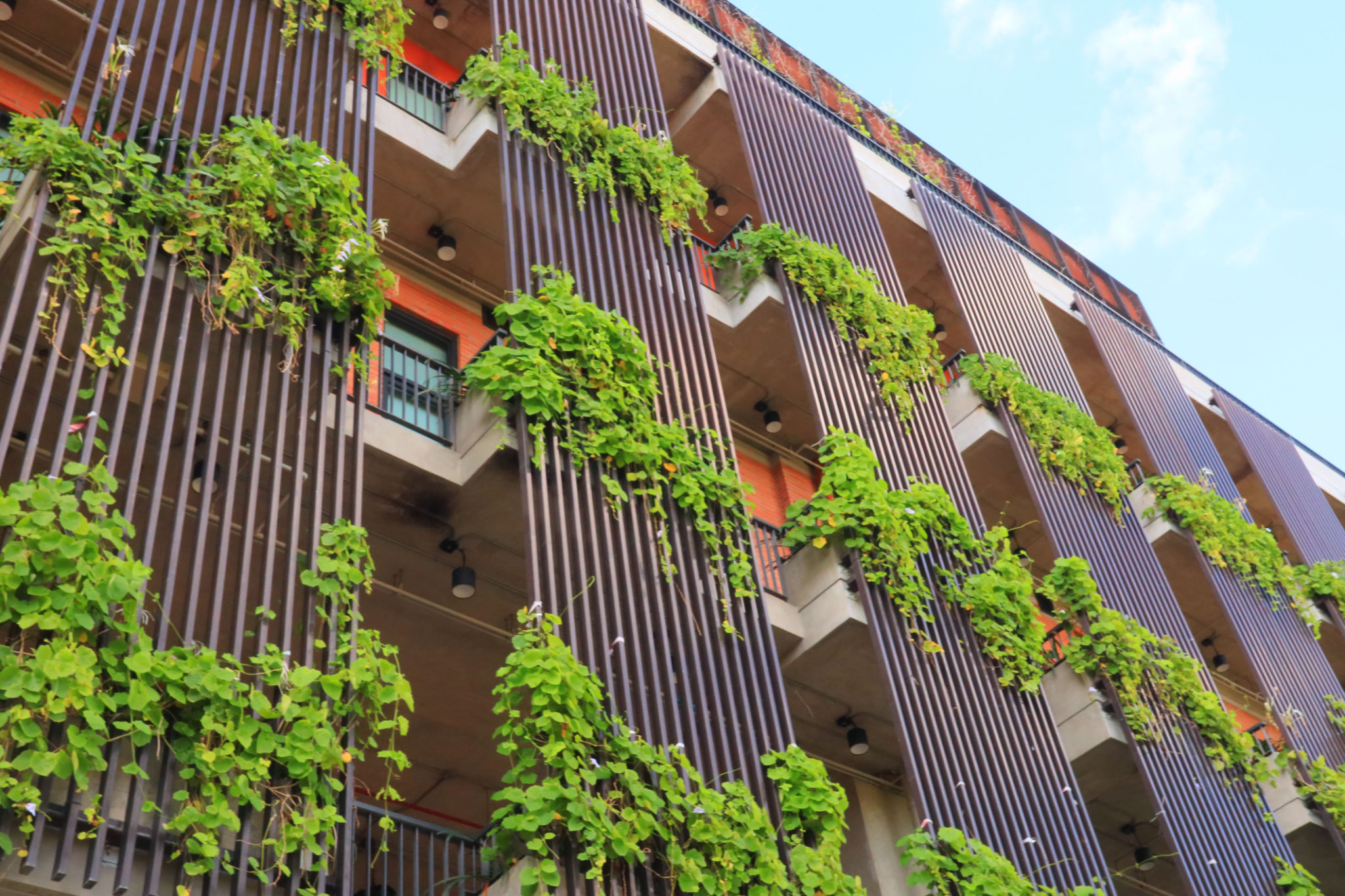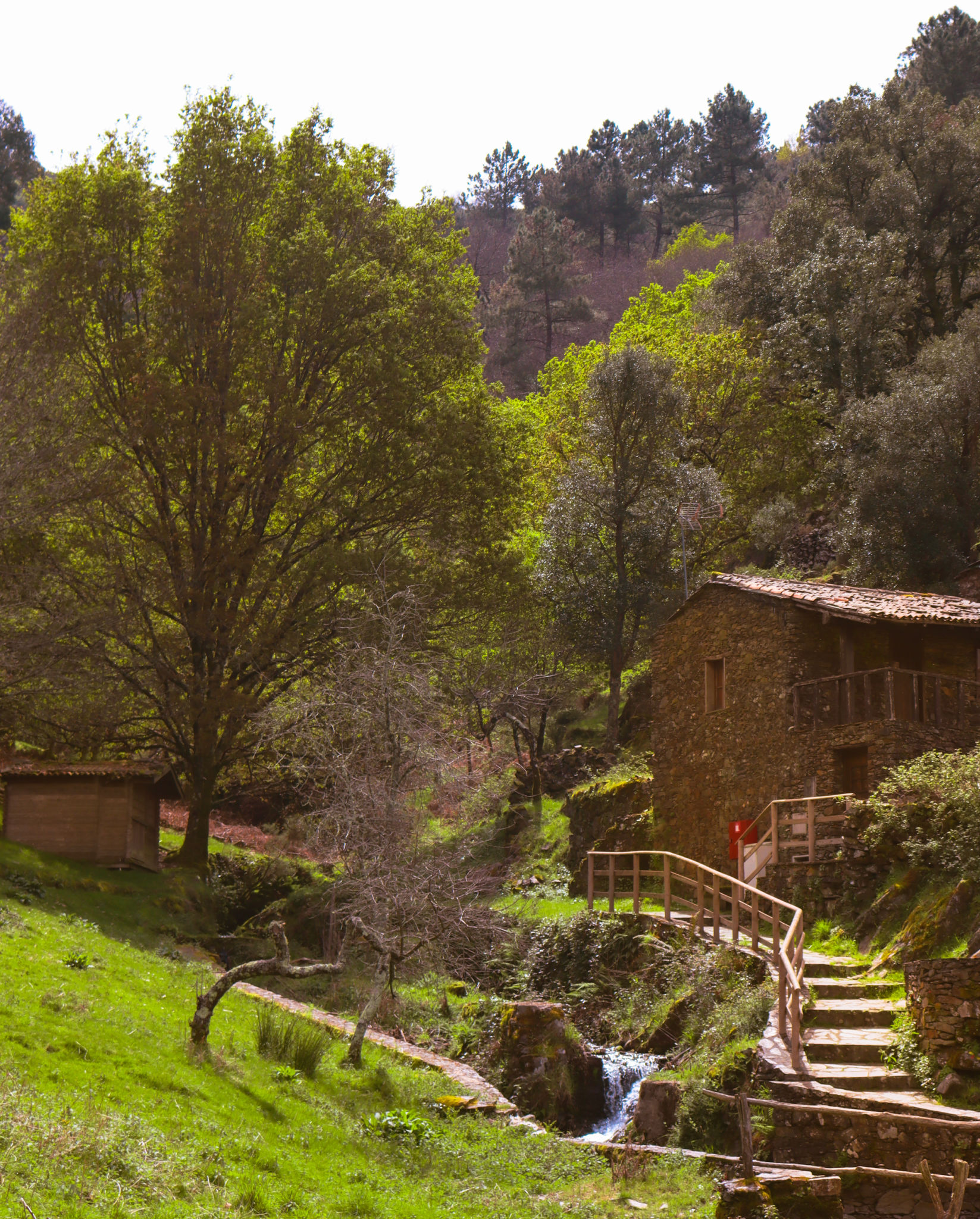Case Study: Successful Sustainable Residential Projects in Argentina
Introduction to Sustainable Residential Projects in Argentina
Argentina is emerging as a leader in sustainable residential development, showcasing innovative projects that blend environmental consciousness with modern living. As global awareness for climate change and sustainable living grows, Argentina is at the forefront of implementing green solutions in residential constructions.
These projects are not just about using eco-friendly materials but also about creating a lifestyle that promotes energy efficiency and resource conservation. In this case study, we explore some successful sustainable residential projects in Argentina, highlighting their unique approaches and contributions to the environment.

Case Study 1: CassaDevoto in Buenos Aires
Located in the heart of Buenos Aires, CassaDevoto is a pioneering project that exemplifies sustainability in urban living. This residential complex integrates natural elements and green technology to reduce energy consumption and promote a healthy living environment.
Key features of CassaDevoto include solar panels for energy generation, rainwater harvesting systems, and a rooftop garden that provides insulation while enhancing urban biodiversity. Residents enjoy lower utility costs and a connection to nature, even in a bustling city environment.
Community Impact
The success of CassaDevoto can be attributed to its holistic approach, which not only focuses on the environment but also on community building. By fostering a sense of community, residents are encouraged to adopt sustainable practices in their daily lives, contributing to a larger cultural shift towards sustainability.
Case Study 2: Las Mercedes Eco-Village
Las Mercedes Eco-Village is another remarkable project located in the rural outskirts of Córdoba. This village is designed with sustainability at its core, offering an alternative to traditional residential communities by emphasizing self-sufficiency and minimal environmental impact.

The village employs renewable energy sources, such as wind and solar power, and incorporates permaculture principles to maintain its lush gardens. The homes are constructed using locally sourced materials, reducing the carbon footprint associated with transportation.
Environmental Benefits
Las Mercedes Eco-Village demonstrates significant environmental benefits through its innovative design. By promoting local biodiversity and reducing waste production, the village sets a benchmark for rural sustainable living in Argentina.
Case Study 3: Sustainable Housing Program in Mendoza
The Sustainable Housing Program in Mendoza is a government-supported initiative aimed at providing eco-friendly housing solutions for low-income families. This program focuses on affordable yet sustainable housing, ensuring that sustainability is accessible to all economic backgrounds.
Homes under this program are equipped with energy-efficient appliances, high-quality insulation, and water-saving fixtures. The program emphasizes education, equipping residents with knowledge and skills to maintain their homes sustainably.

Social and Economic Impact
This initiative not only reduces environmental impact but also boosts the local economy by creating jobs in green construction and technology sectors. The program's success has sparked interest from other regions in Argentina to adopt similar models.
Conclusion
The success of these sustainable residential projects in Argentina highlights the country's commitment to environmentally responsible development. By embracing innovative designs and technologies, these projects serve as exemplary models for sustainable living worldwide.
As Argentina continues to advance its sustainability goals, these projects provide valuable lessons on integrating ecological principles into residential developments, paving the way for a greener future.